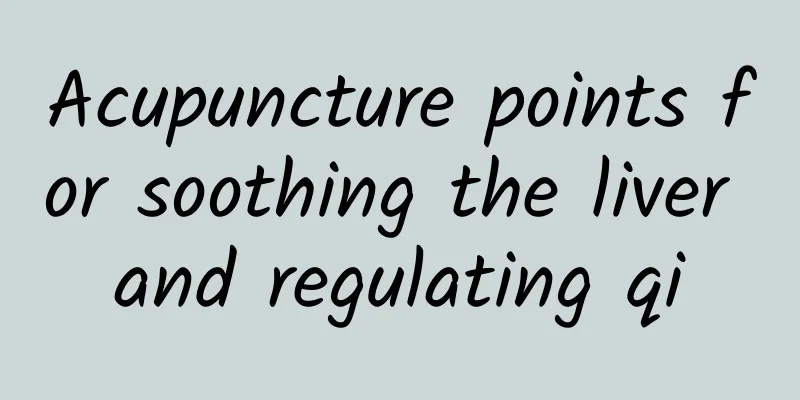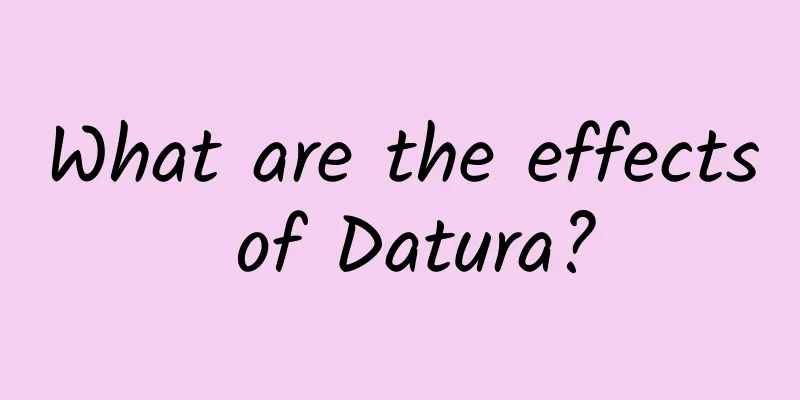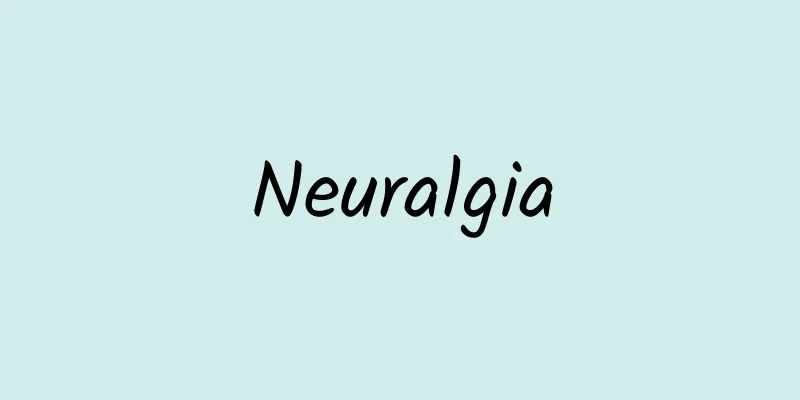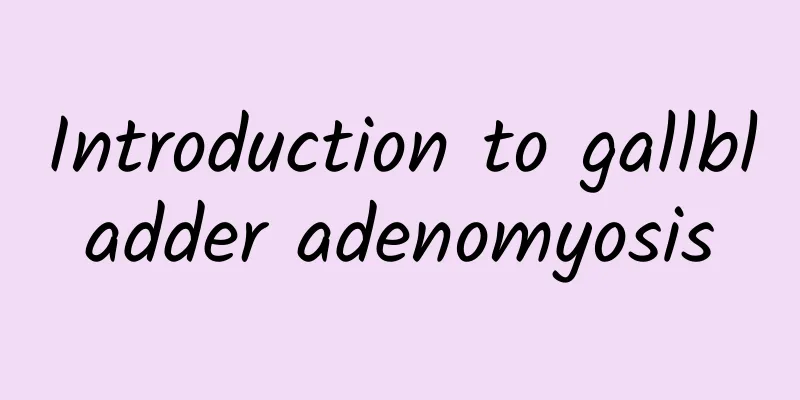The magical effects of the traditional Chinese medicine Indigo

|
Indigo is a dry melanin obtained by soaking the leaves of the perennial woody plant Indigofera tinctoria of the Acanthaceae family, the annual woody plant Indigofera tinctoria of the Polygonaceae family, the biennial herb Isatis tinctoria of the Cruciferae family, and the leaves of Isatis indigotica and Indigofera ovata after adding lime slurry. It is blue in color and its texture is as fine as indigo. It can be used as a dye for painting and also has medicinal value, so it is called indigo. So, what is the use of the Chinese herbal medicine Qingdai? Indigo is the melanin found in the leaves of Isatis indigotica, Indigofera tinctoria, Polygonum tinctoria, and Indigofera glutinosa. In autumn, collect the dead leaves of the above plants, soak them in water until the leaves rot and fall off, then remove the dead leaves, add appropriate amount of aluminum chloride, stir thoroughly until the liquid changes from dark green to dark red, remove the liquid foam and dry it. What is the use of the Chinese herbal medicine Indigo? 1. Treatment of mumps: 30g of Glauber's salt and 10g of Indigo, add appropriate amount of vinegar to make it viscous, and apply it to the wound. 9 cases were treated and all were cured. In the early stage, mild cases were cured in one treatment, and severe cases were cured in 3-4 treatments. In severe cases, heat-clearing and detoxifying drugs can be taken. Yunnan Journal of Traditional Chinese Medicine 1984;5(3): 62-64. 2. Treat viral hepatitis a. Grind indigo, edible alkali and Chinese yam into powder in a ratio of 1:4:6 and stir. Take 6g a day, divided into 2-3 times orally (or swallowed in capsules). Also, intramuscularly inject 16b250g of vitamin C once a week and 0.1g of liver tyler per day. 38 cases were treated, clinical symptoms subsided and various indicators of liver function tests recovered in 36 cases, and clinical symptoms subsided in 2 cases, but the jaundice index or zinc turbidity 1-2 items did not return to normal. We Zhejiang Journal of Traditional Chinese Medicine 1984; (5): 20 continued b. 30g of Indigo Naturalis, 15g of Alkali and 15g of Ze Lan, grind them into powder, take 1.2g each time, 3 times a day. It was effective in treating 5 cases of indirect bilirubinemia, and the jaundice disappeared in 1 week. Our Shaanxi Traditional Chinese Medicine 1981; (1): 15 3. Treatment of whooping cough: 30g each of Indigo Naturalis and Clam Powder, 15g each of Fritillaria Chuanxiong and Licorice, grind into powder, take 1.5g each time, 3 times a day, after meals, 7-10 days as a course of treatment. 24 cases were treated, 15 were cured after 5-7 days of medication, 8 were cured after 8-10 days, and 1 was cured after 2 weeks of combined antibiotic treatment. Our New Medicine 1976;7(1):48Continued 4. Treatment of chronic nonspecific ulcerative colitis: 2g of Indigo, 1.5g of Phellodendron, 1g of Catechu, 0.5g of Alum, for one dose, grind into powder, add 5b250l of water, retain enema, once a night. Combined with traditional Chinese medicine for internal use. 42 cases were treated, 22 were cured, 12 were basically cured, and 8 were reasonable. Liaoning Journal of Traditional Chinese Medicine 1986;10(10):2Continued 5. Treatment of various diarrhea: 100g of Indigo Naturalis and 150g of Alum. Grind them into powder, pass through a 60-mesh sieve, and pack them into capsules after stirring (the average dose is 0.5±0.02g). 475 cases of various diarrhea were treated, with a total cure rate of 98.9%. Chinese Herbal Medicine 1992;15(1):47-47. 6. Treatment of epilepsy: 1 part of indigo, 3 parts of borax, 6 parts of Chinese yam, all ground into powder, and pressed into tablets with stearic acid as excipient. One tablet contains 0.5g, and adults take 5g each time, 3 times a day, after meals. If no seizure occurs after taking the medicine for half a year, change to 2 times a day. Children should take the adult dosage according to their age. They can stop taking the medicine after taking it for 1 year. 375 cases were treated, 3 were cured, 99 were effective, 226 were effective, and 47 were ineffective. Heilongjiang Journal of Traditional Chinese Medicine 1990;(4): 15-15 |
>>: Effects and functions of cinnamon twig
Recommend
What causes yellow and foamy urine? What is the cause?
Urinating is a very common thing, but for men, ma...
What are the normal breathing, body temperature and pulse rate for an adult?
Many people are curious about their vital signs. ...
How many weeks does fetal movement begin?
When you first hear the sound of the baby moving ...
What to do if your lips are chapped and itchy? 7 tips to treat chapped lips
Many people are prone to chapped and itchy lips w...
Introduction to the use of alum
Alum has always been a common chemical. It can no...
White atrophic vasculitis
Patients with white atrophic vasculitis usually h...
Reasons for low sperm survival rate
There are many factors that lead to male infertil...
How to hold urine quickly for color Doppler ultrasound? Try these quick urine holding tricks
When conducting a physical examination on the hum...
Photon Freezing Point Hair Removal
Hair is a big problem for many people, because th...
What is the meridian on the outside of the calf?
There are two main meridians on the outside of th...
What is the success rate of blastocyst transfer in vitro?
With the continuous improvement of medical techno...
How to protect your eyes properly
Eyes are an important part of the human body. If ...
Can the placenta cure infertility?
From the perspective of traditional Chinese medic...
What are the symptoms of neonatal jaundice
When the baby is born amid everyone's anticip...
8 months pregnant stomach pain
In order to give birth to the next generation, wo...









